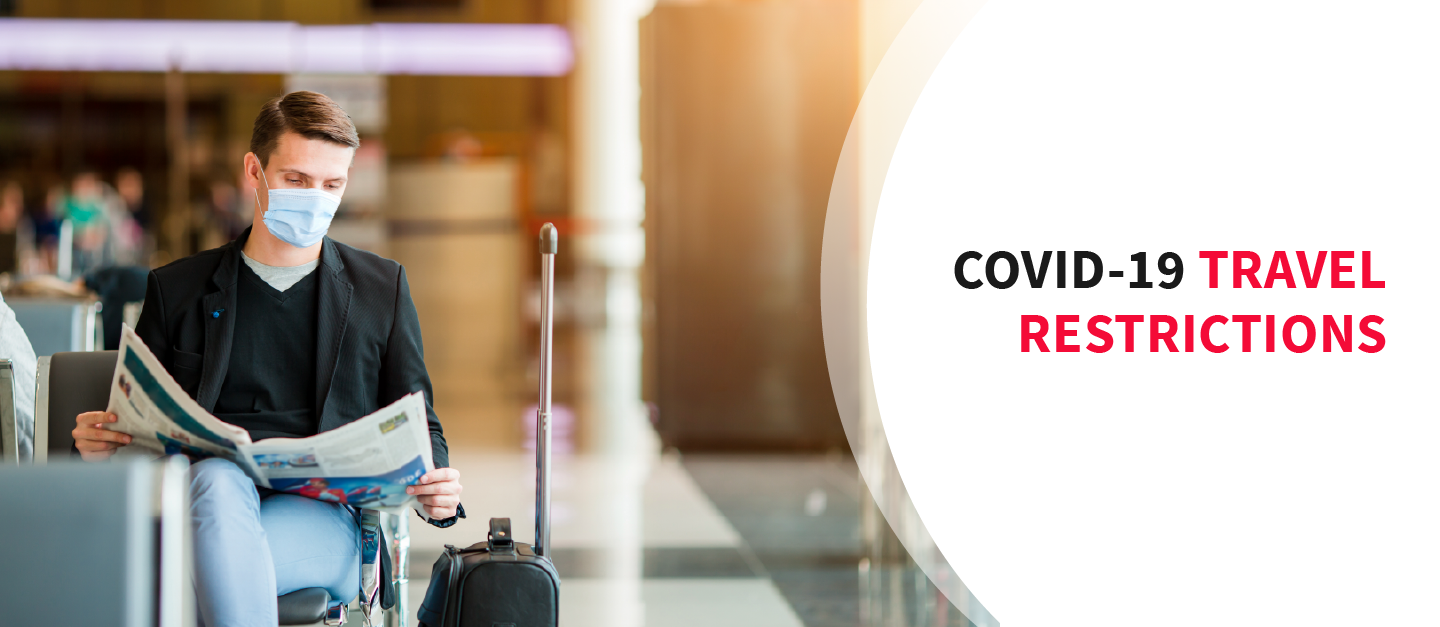
Now it seems that a lot of time has passed since the beginning of the pandemic. Many countries have already experienced a peak in incidence and are slowly beginning to ease restrictions. However, there are still over 70 countries that stay completely closed allowing only citizens, residents returning home, or people in other special circumstances to enter. More than 100 countries continue to maintain entry restrictions (e.g. for people with certain citizenship or those arriving from particular countries). And only a few countries have no formal restrictions on entry by air but may require adherence to special measures while on their territory like the COVID-19 testing or quarantine upon arrival.
Anyway, people are already tired of being locked up. But what are the odds of making a trip this fall? In this article, we have collected information on countries that are most in-demand for travel among US residents.
Canada
Despite the proximity of Canada to the United States, the borders of this country are currently closed to US residents traveling for tourism. Officially, this order is valid until August 31, 2020, but it seems that the opening will not happen until 2021.
Mexico
Mexico is one of the countries that decided to implement no entry restrictions. But passengers arriving from countries affected by the Coronavirus must undergo a medical examination and quarantine if any symptoms are found. Note that the land border between Mexico and the US is closed to non-essential traffic until the end of September, thus, travelers should arrive by plane.
Latin America
Unfortunately, Latin America keeps closed to US travelers so far. Let’s wait for further news.

Bermuda
Bermuda, on the contrary, has lifted its travel restrictions starting July 1. It means that all US travelers can freely enter the territory.
Brazil
At the moment US residents are permitted to visit Brazil by air for up to 90 days. The main thing is that you must present a health insurance policy for the entire period of the trip with a minimum coverage of 30,000 Brazilian reais before boarding in the United States. US Embassy in Brazil notes that the frequency of flights between the two flights is gradually increasing. Land and sea borders will be kept closed through at least September 24.
The Caribbean
Most of the islands started reopening to tourists in July. For example, you can now plan a trip to Aruba, Barbados, Dominican Republic, Haiti, Jamaica, and some other islands. In most cases, you will be asked to provide a negative COVID-19 test. The Bahamas has also opened its borders to all travelers but has a 14-day quarantine in a government facility on arrival and a COVID-19 test after that, at visitors’ own expense.
Europe
Europe categorically does not want to reopen its borders to visitors from the United States, so Americans can forget about traveling to most European countries in the coming months. However, there is a lifehack. You can fly to Albania, Kosovo, North Macedonia, and Serbia. The United Kingdom and Ireland are opened to US travelers as well. But a 14-day self-quarantine is mandatory upon arrival.
Asia and Oceania
Most of the countries in Asia and Oceania remain closed not only to the United States but also to the rest of the world. Nevertheless, there is good news as well: the Maldives has reopened its borders. If you travel as a tourist, you must show a hotel reservation confirmation, undergo a medical screening, plus install the contact tracing application upon arrival.

United States
Since the US is one of the countries with the highest number of people infected with the Coronavirus, there are currently quite strict procedures for entering the country. For example, travelers having visited such countries as Brazil, China (People’s Rep.), Ireland (Rep.), countries of the Schengen Area, and the UK (excluding overseas territories outside of Europe) in the past 14 days are not allowed to enter or transit the United States. This ban does not spread to US residents and some other groups of people. Anyway, everyone must observe the Coronavirus measures set by the state/territory they arrive to. Moreover, there is a certain list of airports that can accept such passengers.
If you are only planning a trip to another state, of course, now it is much easier than traveling abroad. However, you shouldn’t completely relax and lose sight of the regulations imposed by each state. Not all states have some kind of travel restrictions. Alabama, Arizona, Arkansas, California, Colorado, Delaware Florida, Georgia, Indiana, Iowa, Louisiana, Maryland, Michigan, Minnesota, Mississippi, Missouri, Montana, Nebraska, Nevada, North Carolina, North Dakota, Oklahoma, Oregon, South Carolina, South Dakota, Tennessee, Texas, Utah, Virginia, and Wyoming are among them. However, it is better to study in advance the up-to-date information about possible requirements like the mandatory wearing of face masks. For example, anyone traveling to Hawaii must quarantine for 14 days after their arrival. Such information can typically be found at the states’ websites.
Bottom Line
All of us are already pretty tired of sitting at home during these long months of the pandemic. And the desire to get out at least somewhere is natural. Still, remember that the Centers for Disease Control and Prevention (CDC) in the United States highly recommends taking safety precautions while traveling, abroad or within the country, to protect yourself and others from COVID-19. Among those measures are:
- Wearing a mask with your nose and mouth covered in public settings.
- Maintaining a distance of about 6 feet from other people.
- Frequent hand washing or using hand sanitizers.
- Avoiding contact with sick people.
- Avoiding touching your eyes, nose, and mouth.





